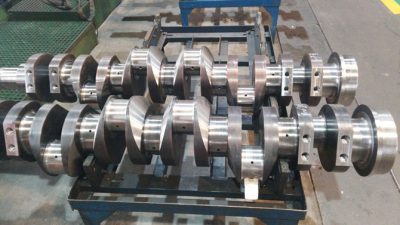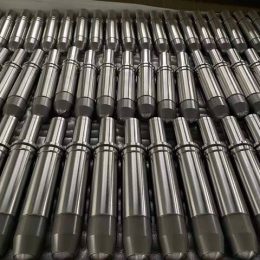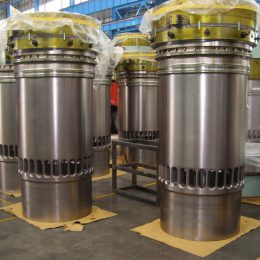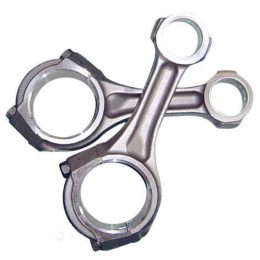What is a engine Crankshaft?

A crankshaft is a rotating shaft that, in combination with the connecting rods, transforms the up-and-down motion of the pistons into a circular motion. Crankshafts are commonly used in internal combustion engines and are composed of a series of cranks and crankpins to which the connecting rods are attached.
The crankshaft rotates within the engine block using main bearings, and the crankpins rotate within the connecting rods using rod bearings. Most modern crankshafts are made of forged steel, although they can be made from other metals as well.
Types of Crankshafts
There are three main types of crankshafts:
- Cast Cranks: These cranks are made using a casting process with malleable iron. Cast cranks are inexpensive to produce and are commonly used in diesel and gasoline engines. They can be flame hardened to increase wear resistance in specific areas. Flat plane cranks have journals that are 180 degrees apart and are common in inline four engines, while cross-plane cranks require multiple parts because the journals and counterweights are not symmetrical.
- Forged Cranks: These cranks are more robust than cast cranks and are commonly found in higher-stress engines. Forged cranks are made using a set of dies machined to the approximate shape of the crank. The dies sit in a large hydraulic press with a clamping force of many tons. A hot bar of high-grade steel alloy is placed onto the bottom die, and the dies are closed to compact and align the material better than the casting process. Forged cranks can be hardened using induction hardening.
- Billet Cranks: These are the best type of crankshaft available for engines. Billet cranks are manufactured using 4340 steel, which contains nickel, chromium, aluminum, and molybdenum, among other elements. They require minimal balancing due to the uniform makeup of the material and the lowest crankshaft machining time.
Reference Links:
- https://en.wikipedia.org/wiki/Crankshaft
- https://engihub.com/crankshaft-of-internal-combustion-engine/











